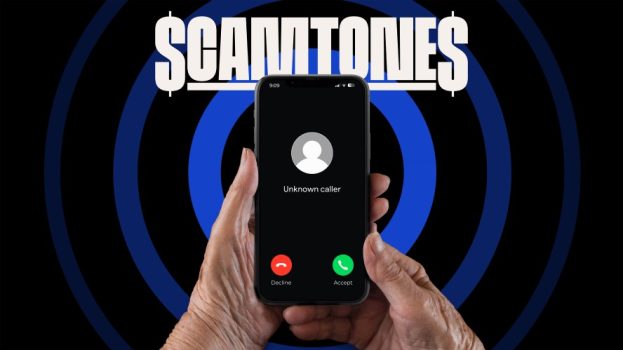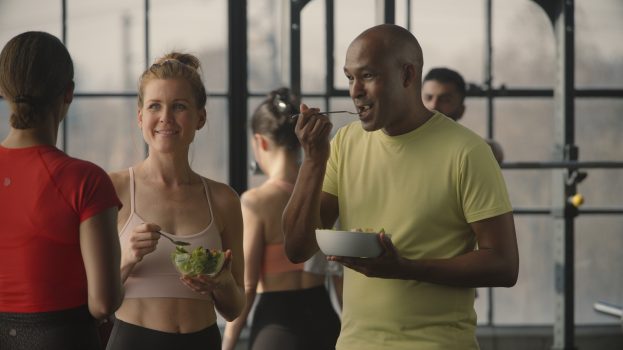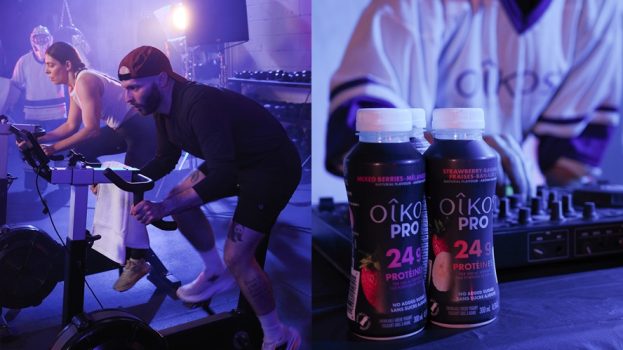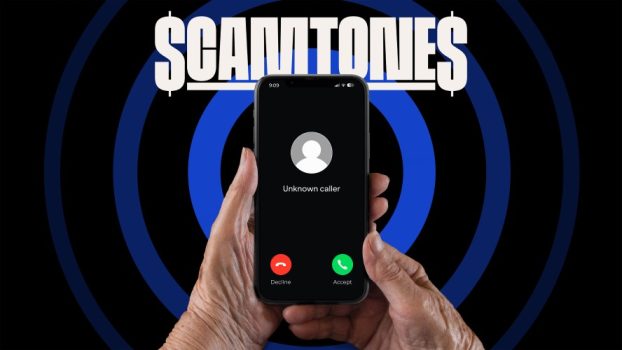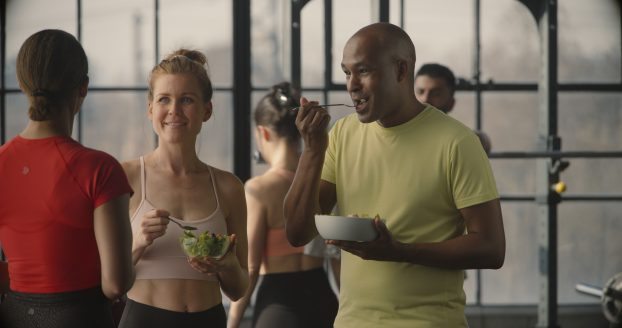Kids Help Phone has modernized its latest Impact Report for a better reflection of what the organization stands for.
The 2020 Impact Record is the organization’s first-ever interactive document of this type, using audio and video to bring to light all the ways Kids Help Phone navigated an unprecedented pandemic crisis that had an impact on both its donor base and the mental health needs of the youth it serves. That included a letter writing campaign between kids as outreach to help increased feelings of isolation, developing a new care model that better reflects the multi-platform way people access healthcare and using the data it has on youth mental health to create an insights offering that can be used to shape policy and programs.
But the document also lays out where the organization is going in the future, including a focus on the needs of Indigenous youth and creating an AI-powered chatbot to help guide kids to the service they need.
At most non-profits, these kinds of reports are typically meant for existing donors, sponsors and stakeholders, which was initially going to be the approach once again at Kids Help Pohone. But the organization is putting a full paid campaign behind it, running creative across social media channels so the broader public can see the report. It is also utilizing owned channels, including its large subscriber base.
Sheryl Johnson, VP of brand strategy and communications at Kids Help Phone, explains that the organization has repositioned itself, going beyond being a simple hotline to “an innovative, data-driven e-mental health service for young people.”
The Impact Report, she says, needs to reflect this. “We knew this was the time to ensure that the Impact Report reflected who we were and who we are,” Johnson says.
The document brings statistics to life in a different way, through a more compelling experience, and is meant to highlight and recap all efforts from the year before, including statistics illustrating the urgent spike in access to support, to fundraising, to impact locally and nationally, through to innovation.
These reports are also meant to engage potential donors that are interested in donating to an organization, but need more info about where their dollars go in order to commit. But Johnson says another reason it took a more engaging approach with this year’s report is that the target for it has widened extensively. Due to the pandemic, the target has grown to also include potential new candidates who could benefit from Kids Help Phone services, as well as volunteers who feel more motivated than ever to help young people with their mental health struggles.
Organizationally, this report has created a new benchmark for Kids Help Phone, Johnson says, and will look to this new technology and how it can be used to present information to base all of its further activities around this. Despite being tech- and data-focused, it’s what she refers to as a “human-based” approach, that brings the need people have for Kids Help Phone to life.
The focus on the paid side continues to be to ensure that young people have a safe and trusted place to turn, but also to celebrate the donors and volunteers that helped keep the lights on and facilitated more than 4.6 million interactions with young people.
The creative components and interactive experience for the impact report were developed by agency partner Lifelong Crush and digital production studio Array of Stars.



